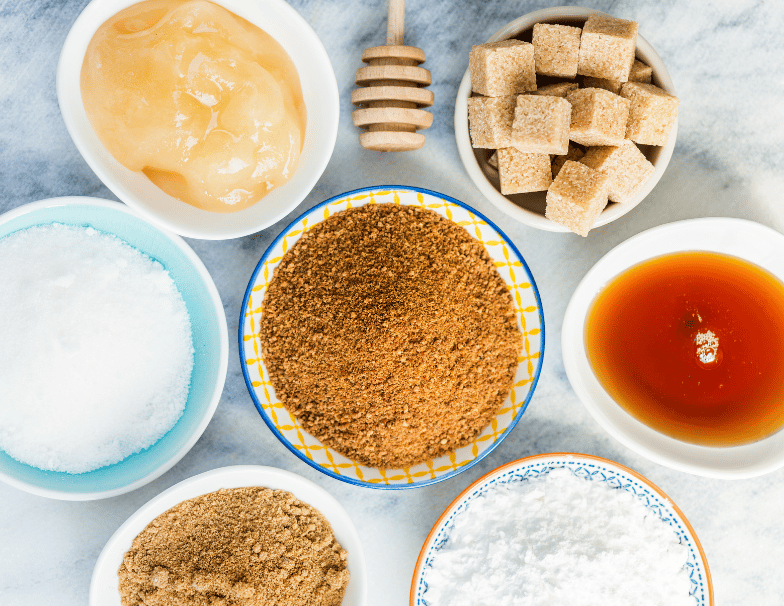A substitute product is a similar good that can be used in place of another. They are highly competitive goods that can enhance a brand’s commercial product strategy, both in marketing and in developing improvements.
Do you want to know what substitute products are, what the different types are and how they can improve your brand’s marketing? We tell you about them below and show you some examples that can inspire new business opportunities.
What are substitutes
A substitute product is any alternative, replacement or endorsement of goods on the market. In other words, it is a product or good that acts as a replacement or alternative to a more popular item without noticeably affecting the composition or appearance, or the usefulness of the resulting product.
A substitute product is defined as a product or service that is used in place of another.
It is also similar enough to be used for the same function. Take for example two different brands of the same product.
One of the characteristics of substitute products is that they are very competitive, as they can easily be replaced by a competitor who introduces improvements, more attractive innovations and excellent marketing in the product development strategy.
On the other hand, when the price of a substitute good rises, the demand for the other also increases, favouring both brands. This is known as positive cross-price elasticity.
Types of substitutes
There are two types of substitute products, direct and indirect. Membership of either group depends on the degree of correlation between the products. We can therefore categorise them as follows:
Direct substitute product
This is the case when one item can be easily substituted by another, which means that this product can solve similar problems, there is hardly any difference between the two and they are practically equivalent. Such as Pepsi and Cola-Cola.
Indirect substitutes
These are products that are weakly correlated with each other, but can substitute for the main item. They have a low cross-elasticity of demand. For example, a customer may go to buy a chocolate palm and find that there is none left and may end up buying an apple instead. These are two items that have nothing to do with each other, but can be substituted.
Substitute products: examples
- Android and iPhone
- McDonald’s and Burger King
- White and wholemeal bread
- Physical books and e-books
- Branded and private label products
These are products that serve the same purpose, have very similar functions and can therefore be used or consumed interchangeably, making them substitutes for each other. So what makes the difference? Market research, the marketing plan and of course the product strategy, as we will see below.
Substitutes and product strategy
Consumers tend to choose substitute products for several reasons, such as improved product quality, better price or innovations, among others.
Thanks to strategic design, such as the one we do at INFINITIA Industrial Consulting, it is possible to develop improvements that will improve the substitute product by far.
In order for the substitute product to be a success, it has to follow a marketing plan that takes into account the following 3 essential factors:
1. Price
Probably the most common reason why customers substitute products is price. Substitutes indirectly control costs because customers perform – often unconsciously – a cost-benefit analysis before buying a product.
In this sense, having the help of professionals in product innovation and development to improve the final characteristics and reduce costs in the production process will be the key to offer competitive prices and obtain a large profit margin.
2. Quality
Product quality can affect the demand for substitute goods. If a known product does not taste as good, does not last as long or is not as comfortable, this can be taken into account during the decision process. This is where market analysis and product refinement come into play. On the one hand, to find out what consumers are looking for – for example by using a consumer panel – and, on the other hand, to improve its characteristics and increase its final quality.
3. Consumer tastes
Consumer tastes may change over time. For example, the seasonality of the product may give it additional value. Take ice cream, for example, in this case it tends to be more available in summer, so it acts as a substitute for other sweet products.
On the other hand, thanks to substitute products, there will be more variety in the market so that end users can choose the best product according to their tastes and needs.
Ultimately, substitute products generate a great deal of competition in the market in the quest to attract customers, which results in better quality products.
In this sense, they are the reason that motivates companies to continuously reinvent their products to bring to the market unique variants with better quality and at reasonable prices, thus providing greater customer satisfaction. At Infinita we know this and we want to help you develop the best version of your product. Contact our team of strategic design specialists to offer you the best solution.





